When people hear the word “Bali,” the first images that often come to mind are golden sandy beaches, palm trees swaying in the wind, and turquoise waters stretching endlessly into the horizon. While this postcard-perfect picture is true, Bali is far more than just a tropical beach escape. Beyond its shores lies a rich cultural heritage, centuries-old traditions, and breathtaking landscapes that tell stories deeper than the waves.
This article explores the other side of Bali-its villages, culture, temples, and traditions-that makes the island one of the world’s most unique destinations. If you are planning a visit, here is why Bali is more than just beaches.
1. Penglipuran Village: A Living Tradition
Tucked away in the Bangli Regency is Penglipuran Village, a place often described as one of the cleanest villages in the world. What makes Penglipuran special is not just its neat pathways and well-preserved architecture, but the way its people live in harmony with traditions passed down for generations.
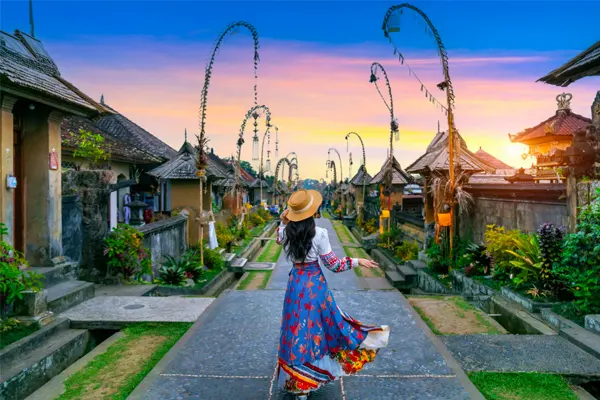
The village is designed in a way that reflects Tri Hita Karana-a Balinese philosophy of life that emphasizes harmony between humans, nature, and the divine. Each house is built following traditional layouts, with gates leading into compounds that house extended families. Walking through Penglipuran feels like stepping back in time, offering visitors a glimpse into a Bali that continues to honor its roots while embracing modernity.
Here, you can meet locals dressed in traditional attire, observe rituals at the village temple, or simply enjoy the calm atmosphere that stands in contrast to Bali’s busy coastal resorts. It is a reminder that Bali’s soul lies not only in its natural beauty but also in the values and traditions its people protect.
2. Ubud: The Cultural Heart of Bali
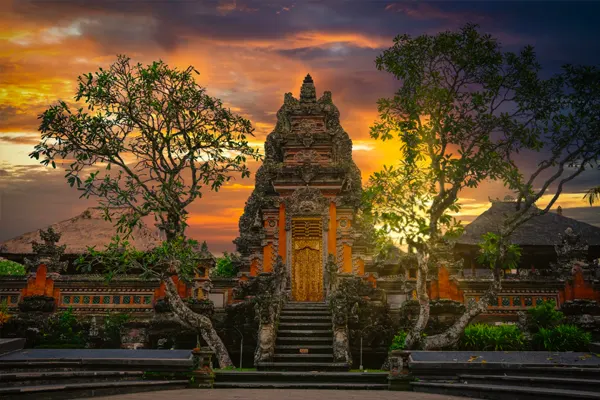
If Bali were a book, Ubud would be its most colorful chapter. Known as the island’s cultural capital, Ubud is home to art, dance, crafts, and traditions that have shaped Bali’s identity on the world stage.
The Royal Palace (Puri Saren Agung)
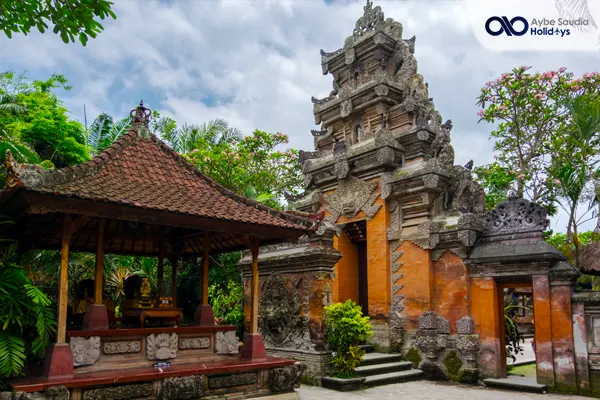
Located at the center of Ubud, the Ubud Palace is more than just a historic landmark-it is a living space that still houses members of the royal family. The palace showcases Balinese architecture with intricately carved wooden doors, stone sculptures, and spacious courtyards. In the evening, the palace transforms into a stage for traditional Balinese dance performances, such as the Legong dance, where every movement tells a story.
Ubud Art Market
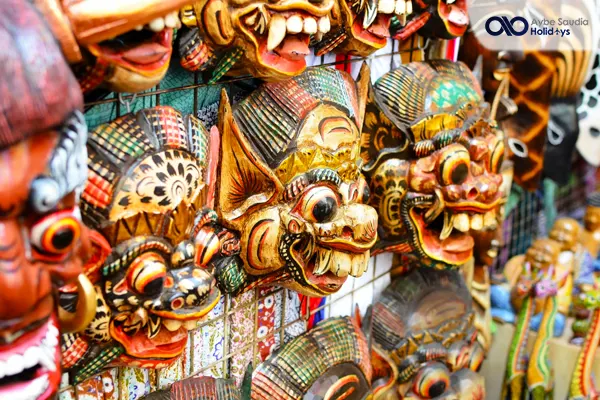
Across the street from the palace lies the Ubud Art Market, a vibrant hub where local artisans sell handicrafts ranging from handwoven textiles to wood carvings and paintings. For travelers, this is not just a shopping stop but an opportunity to appreciate the creativity of the Balinese people. Every item carries cultural meaning-woven fabrics represent community bonds, masks embody myths, and paintings capture spiritual themes.
A Fusion of Nature and Art

What makes Ubud unique is how art and nature blend seamlessly. Just minutes away from the busy town center are lush rice terraces like Tegallalang and Alas Harum. These landscapes are not just beautiful but functional, as they reflect Bali’s traditional irrigation system known as subak, recognized by UNESCO as a world heritage practice. For visitors, walking through these terraces or sipping coffee overlooking the green expanse is an experience that goes beyond sightseeing-it is cultural immersion at its finest.
3. Ulun Danu Beratan Temple: The Floating Sanctuary
Perched on the serene shores of Lake Beratan in Bedugul, Ulun Danu Beratan Temple is often referred to as the “floating temple.” Surrounded by mountains and mist, the temple appears as if it is drifting on water, especially during the rainy season when the lake rises.
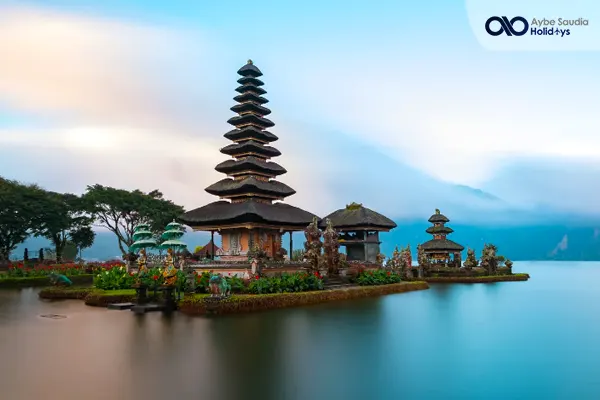
Dedicated to Dewi Danu, the goddess of lakes and rivers, Ulun Danu plays a vital role in Bali’s agricultural rituals. Farmers from across the island come here to perform ceremonies, asking for blessings for fertile soil and abundant harvests.
For visitors, Ulun Danu is not only visually stunning but also spiritually uplifting. The reflection of the temple towers on the lake at sunrise creates a scene that feels otherworldly, making it one of Bali’s most photographed and cherished cultural icons.
4. Tanah Lot: Where Sea Meets Spirituality
On the other side of the island, along Bali’s southwest coast, stands Tanah Lot Temple, one of the most iconic landmarks in Indonesia. Built on a massive offshore rock, the temple is surrounded by crashing waves and becomes completely inaccessible during high tide.
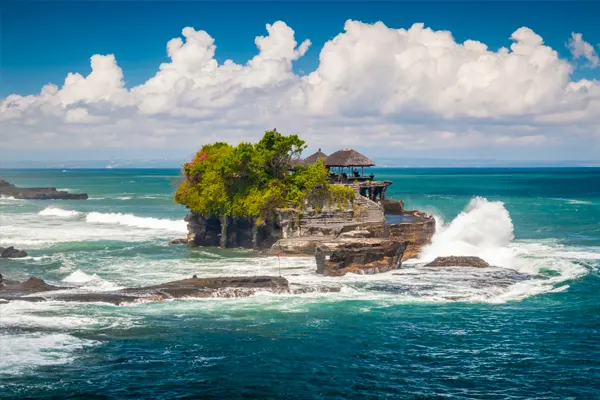
The temple is dedicated to the sea gods and is believed to guard Bali against evil spirits. Local legends say that venomous sea snakes living in the caves below the rock protect the temple from intruders.
Visitors usually arrive in the late afternoon to witness the sunset-a moment when the temple silhouette merges with the golden sky and the sound of waves creates a natural symphony. For many, this is not just a sightseeing stop but a spiritual encounter, blending nature and belief in a single breathtaking moment.
5. Bali Beyond the Surface: A Culture-First Experience
What makes Bali remarkable is how its culture is not staged for tourism but lived daily by its people. Temples are not just monuments but places of worship where rituals are performed every day. Villages are not open-air museums but thriving communities where traditions continue. Art is not just for galleries but woven into daily life, from dance to crafts to ceremonies.
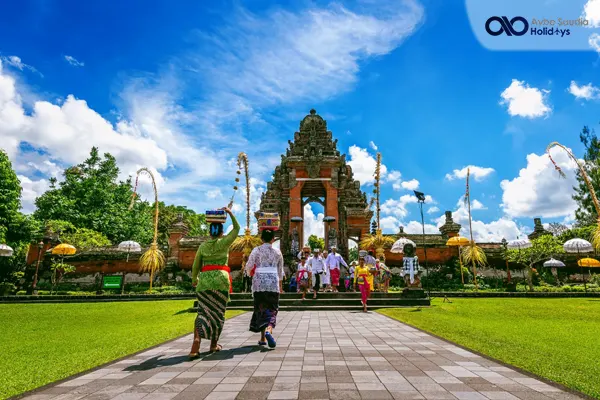
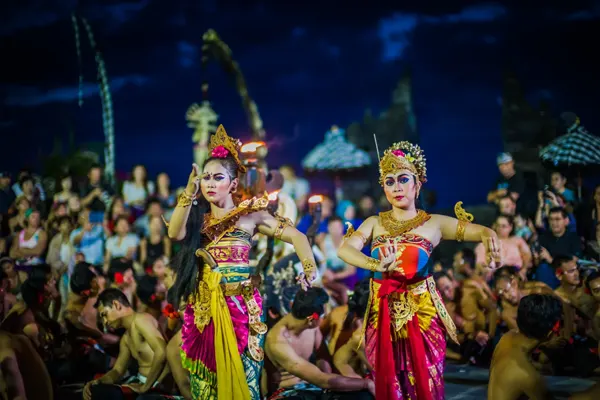
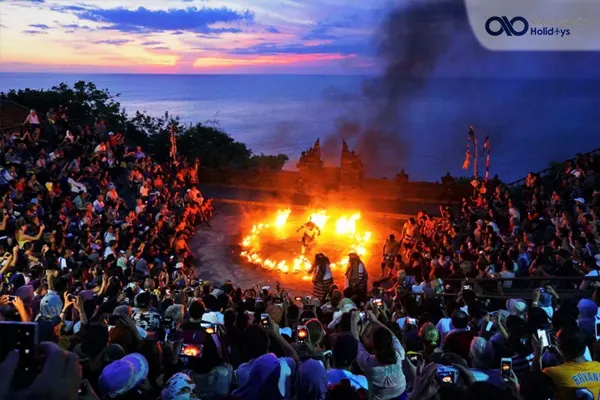
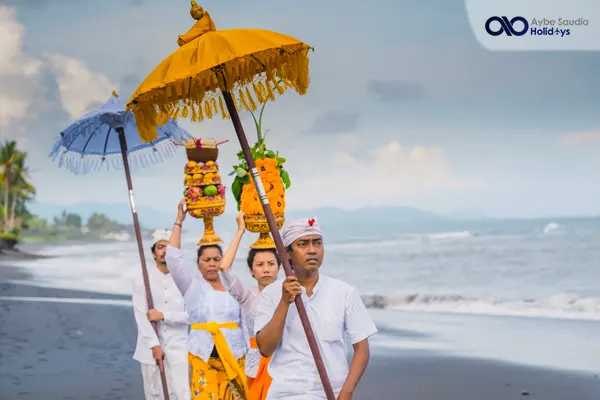
Travelers who go beyond the beaches discover a Bali where festivals fill the streets with colors, where offerings are placed daily at shrines, and where hospitality is rooted in spiritual values. This is a Bali that teaches its visitors something profound: paradise is not only found in landscapes but also in people’s way of life.
6. Practical Tips for Experiencing Bali Beyond Beaches
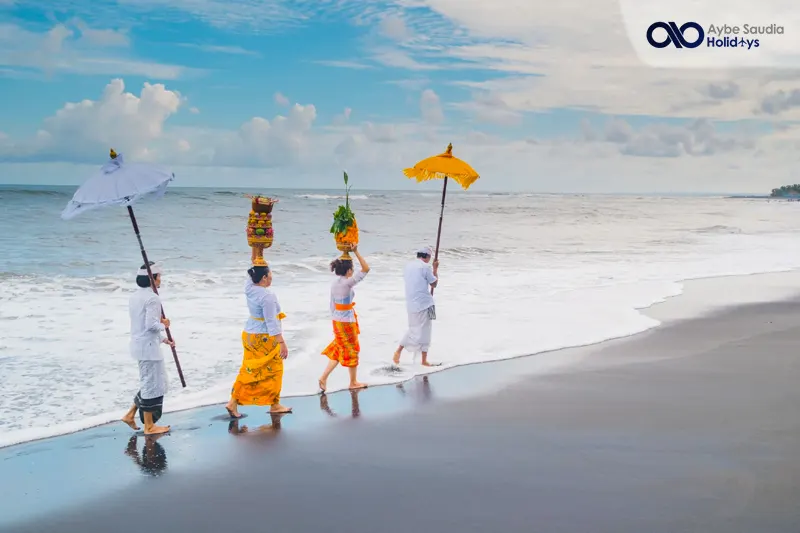
If you want to see Bali from a cultural lens, here are some practical tips:
- Dress respectfully when visiting temples or villages. Sarongs are often provided at temple entrances.
- Participate, don’t just observe-join a purification ritual at Tirta Empul or a cooking class in Ubud to deepen your cultural experience.
- Hire local guides who can share stories behind each tradition, temple, or artwork.
- Travel slowly-don’t rush from one spot to another. Take time to sit, watch, and learn.
- Support local artisans by buying directly from markets or workshops, ensuring your spending contributes to the community.
Conclusion
Bali may be famous for its beaches, but its true magic lies inland-among its temples, villages, and cultural heartlands. From the serenity of Penglipuran Village to the artistic pulse of Ubud, from the mystical beauty of Ulun Danu Beratan to the spiritual power of Tanah Lot, Bali offers experiences that touch both the eyes and the soul.
So, the next time you think of Bali, remember this: it is not just a place to relax by the sea. It is a destination to immerse yourself in a living culture, one that continues to thrive and welcome the world with open arms.
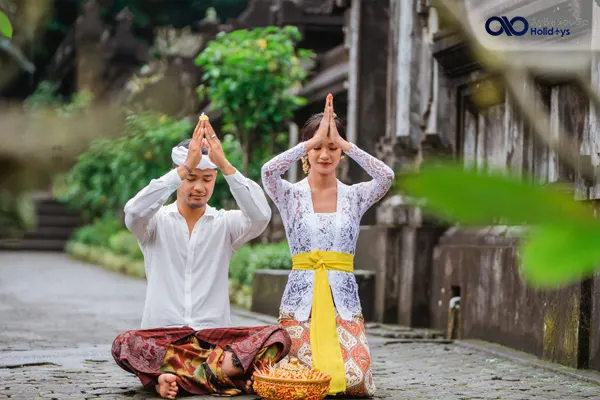
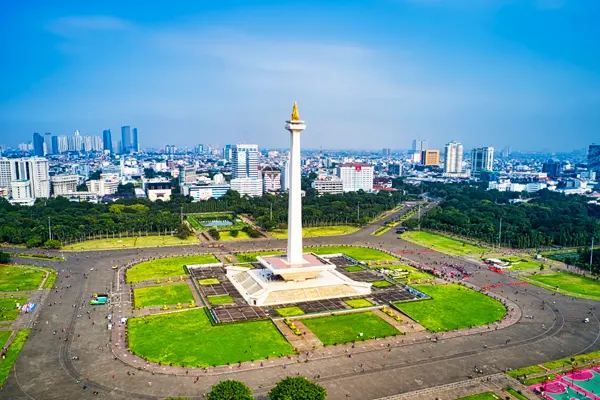
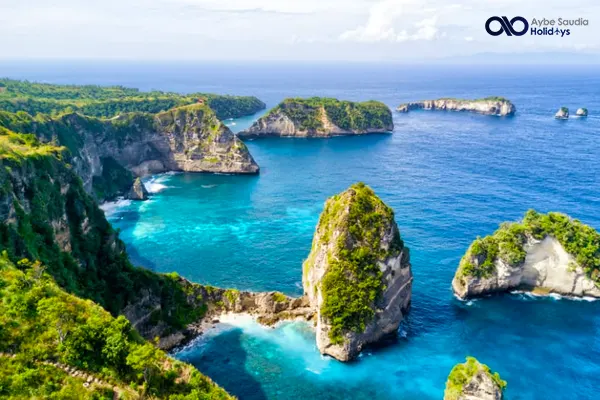

Leave a Reply